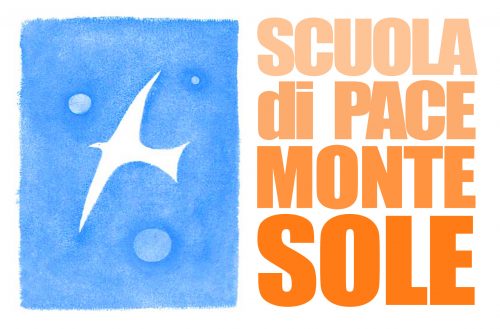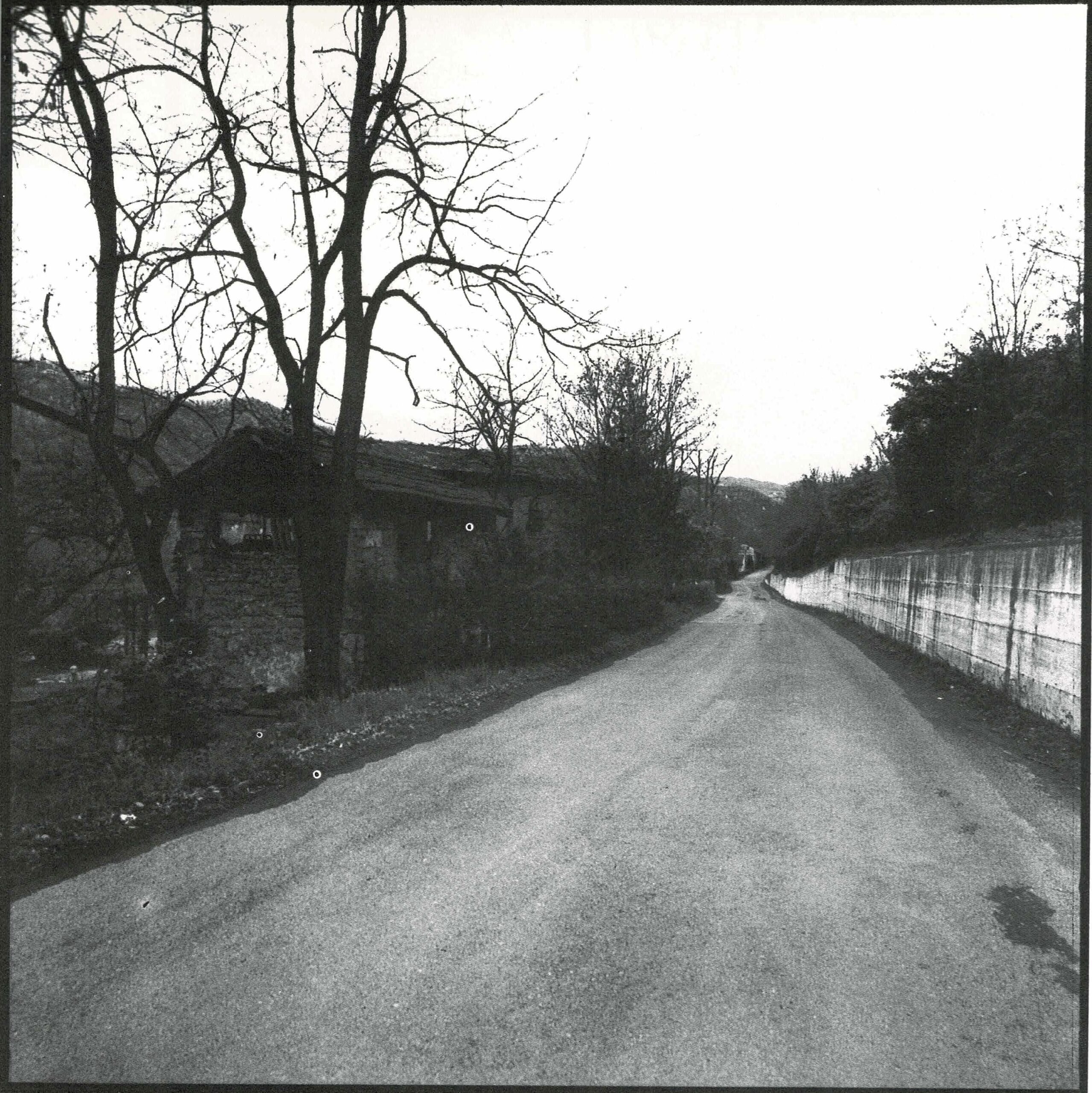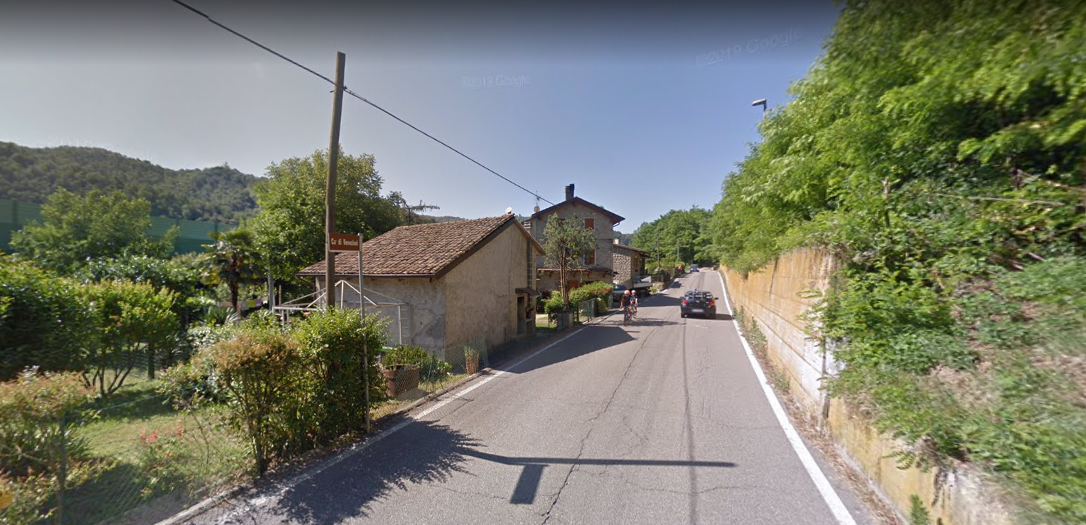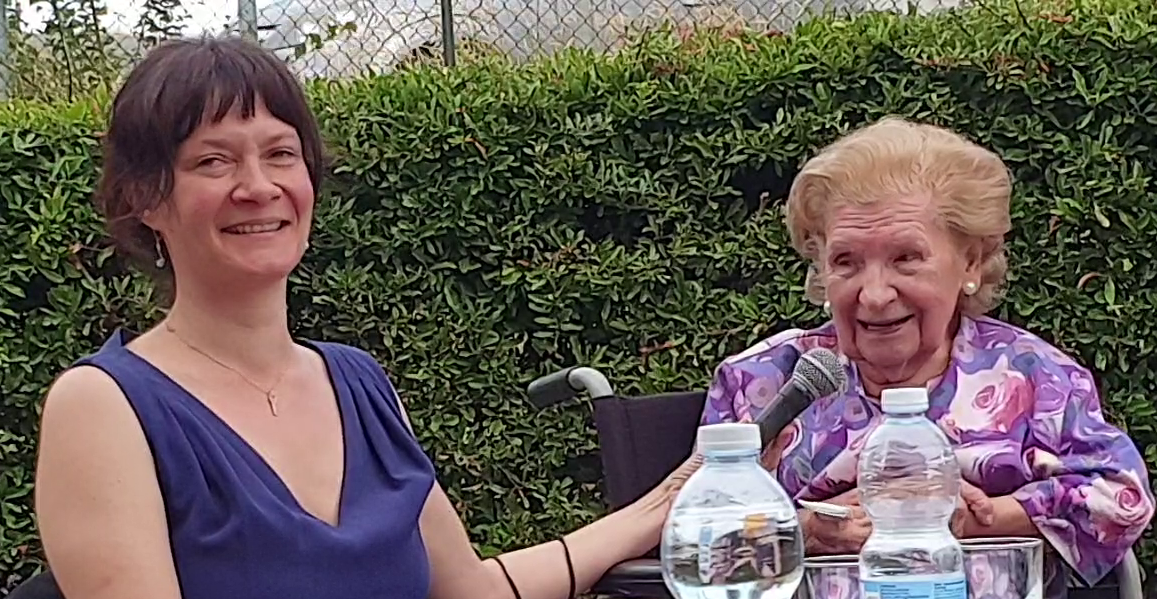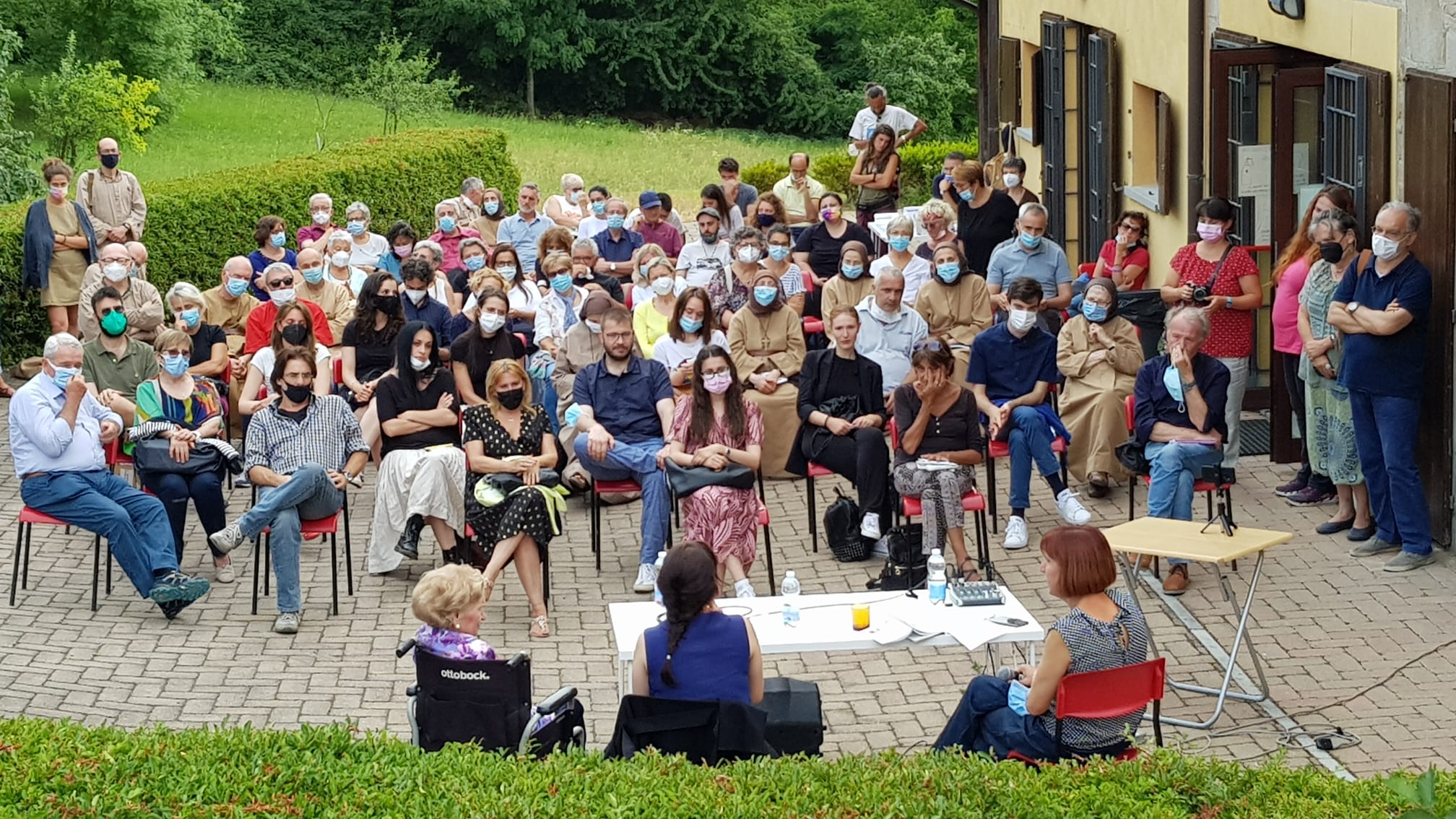Cornelia, living despite everything
Cornelia Paselli (Marzabotto, Nov. 4, 1925) is the daughter of Virginio and Angiolina Mazzanti.
In the Casaglia massacre (September 1944) she lost her mother, her little brothers Luigi and Maria and several relatives. Together with her sister Giuseppina, then 15, also a survivor at the Casaglia cemetery, she moved to Bologna in November 1945. That same winter, she discovered that Virginio had also died as a result of a shrapnel wound.
Cornelia married a veteran of the Russian campaign, Franco Trevisi, in 1948. In 1949, her first daughter, Angela, was born, and twelve years later her youngest, Luca.
Thanks to the friendly insistence of a teacher friend, Cornelia begins to tell her story only many years later. Her encounter with the School of Peace then made the work of witnessing more intense and constant.
And she has not backed down since.
(from "Living, Despite Everything," ed. Zikkaron 2021)
Possatore
[…] I was nearly three years old and lived in the mountains, in Possatore, near Monte Sole, in a farm surrounded by woods and farmland. My family was one of the oldest in the area and, like our ancestors, also my parents Virginio Paselli and Angiolina Mazzanti were farmers.
At that time, I was attending the kindergarten in Cerpiano, a small village not far from Possatore, that I reached walking with my father […]
My father was used to come to take me in the afternoon and we would stop along the way in the wood to pick chestnuts and mushrooms.
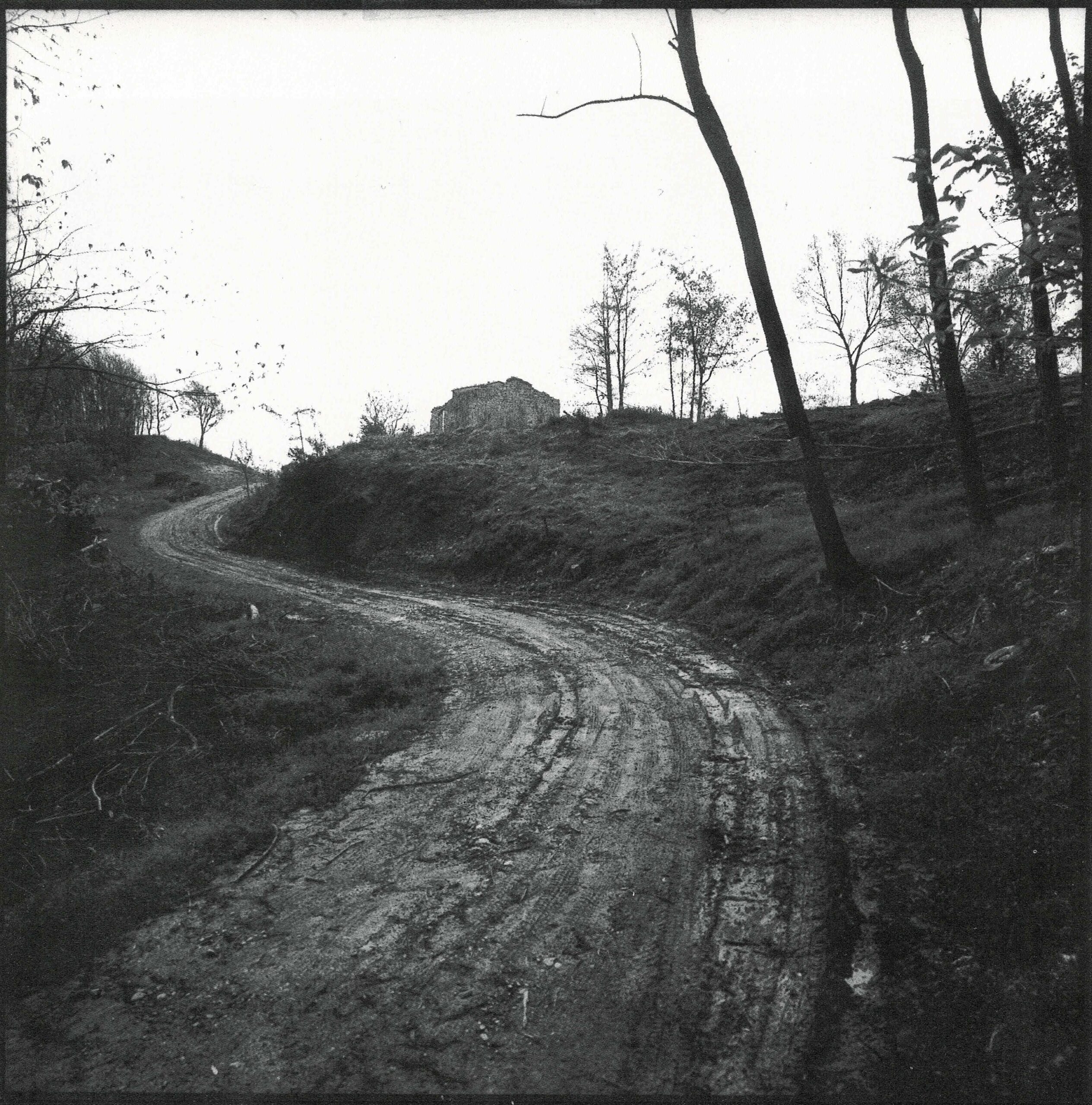
Picture from “Viaggio fotografico a Monte Sole : Marzabotto, Monzuno, Grizzana Morandi: 29-30 settembre – 1-2-3-4-5 ottobre 1944” by Romano Gualdi (1994)
Gardelletta
I was almost four when my family became larger with the birth of my sister Giuseppina. The house in Possatore was not big enough, so we moved in the valley, along the Setta stream, in Gardeletta, a small village with two shops and a school, pure innovations in that area […]
One day [Antonietta Benni, the teacher] made me an extraordinary promise: “When I go and see my family in Bologna, I will take you with me” and actually, some time later she asked my mother the permission to show me the town of Bologna.
It felt like being in Wonderland.
My teacher and I took the bus […]
I had never seen a town. Shops, shop windows, lights, everything was magic!
I wandered through streets with my eyes wide open, constantly commenting in the mountain dialect: “How wonderful! How beautiful!”
My teacher’s brother took me to see the old city and was so amused by my enthusiasm […]
After some days we went back to Gardeletta.
At first, seeing my village was shocking: “How is it possible?” I wondered “How can it be that different?”
I hardly recognized the village I lived, because I was so impressed by the town.
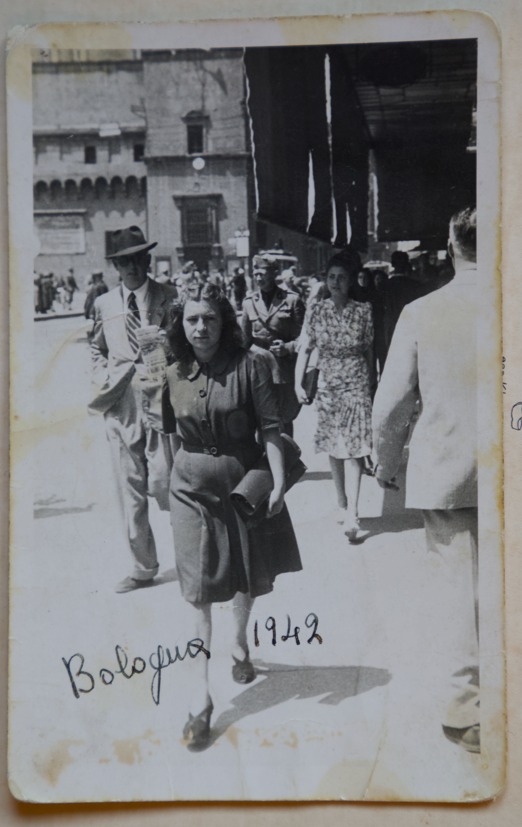
Cornelia walking in Bologna.
Picture from family archive.
Ca’ Veneziani
At eleven years old I finished the school, then my parents started thinking about my future.
They thought I would have loved becoming a taylor, but I needed a teacher […]
Mrs. Zanini accepted me and I worked with her and I immediately developped a passion for the job.
After two years, I had a growing desire to work in a tailoring in Bologna […]
Thanks to some acquaintences I found a job as an apprentice for Mrs Iolanda Veronesi, who lived in Galvani square in Bologna old city.
Commuting [from Ca’ Veneziani to Bologna] was hard, working was hard as well, but satisfying.
In autumn and winter commuting was difficult because of the weather.
A cousine, daughter of one of my mother’s sisters, offered to host me at her place in via Mentana.
So I spent with her long winter periods. Sometimes, on free days, we were visiting another family living in the same block of apartments.
They had two sons, Franco and Giancarlo and I bonded with them immediately.
Cerpiano
With the liberation of Florence in August (1944), moving the frontline in our area became unavoidable.
At last my dad understood the danger: ” It is better that we go on the mountains, we will be safe there, since the Germans don’t enter woods. Mrs Benni will host us in Cerpiano”
My family and I left Gardeletta on September 26th 1944, it was Tuesday.
We left Tea, the sheep, in Ca’ Bavellino, at a couple of friends who were farmers.
I took my sewing bag with me. I put inside my coat I was making.
I wanted to complete it then showing it to Mrs. Veronesi.
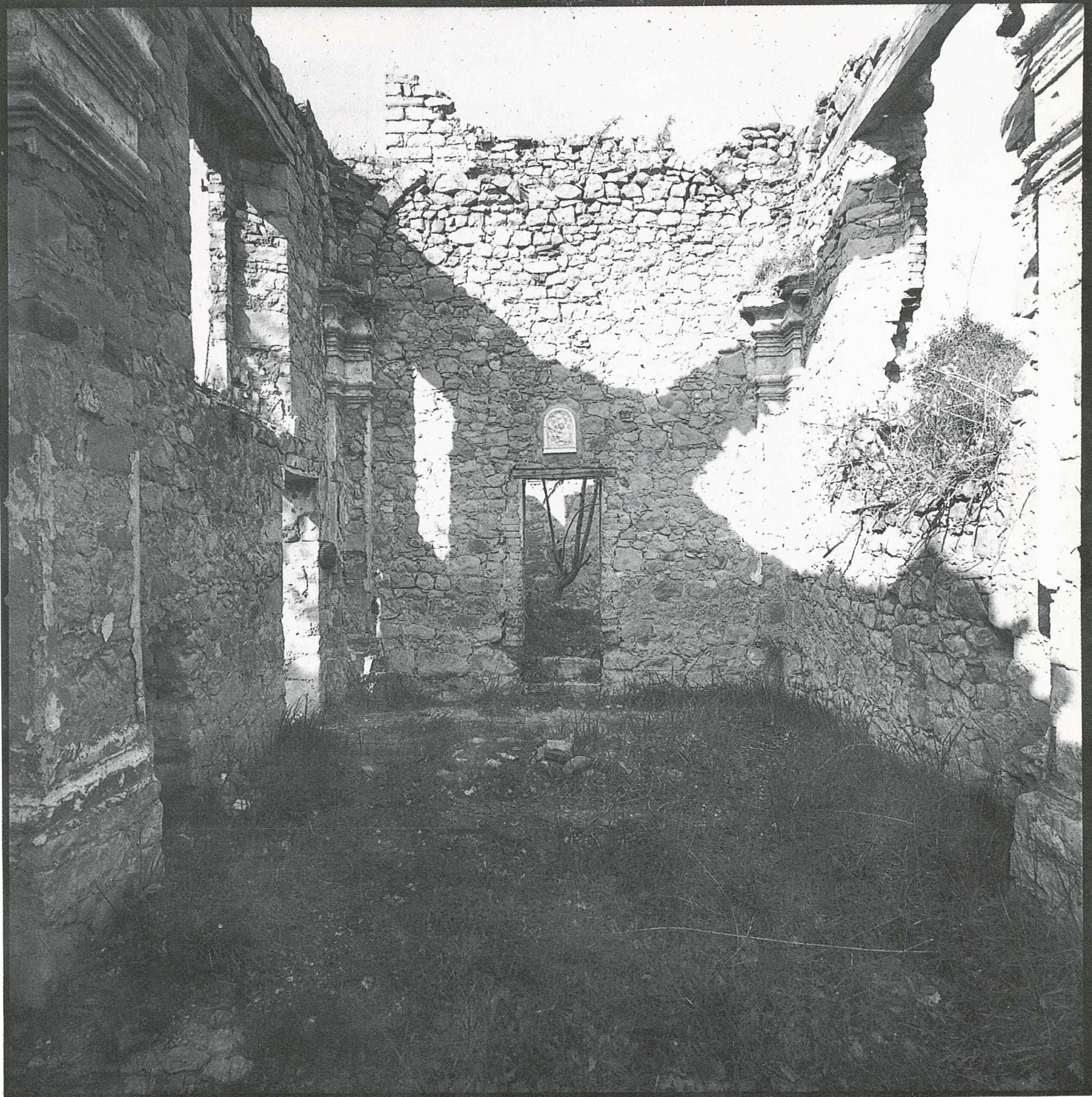
Ruins of Cerpiano Church
Picture from “Viaggio fotografico a Monte Sole : Marzabotto, Monzuno, Grizzana Morandi: 29-30 settembre – 1-2-3-4-5 ottobre 1944” by Romano Gualdi (1994)
Cerpiano, the school
My parents used to take me to the kindergarten in Cerpiano.
There was the teacher Antonietta Benni. I immediately became fond of her. She taught us how to draw, how to recite poems, how to say prayers.
When Monsignor Brini came from Bologna, she recommended that we schould have been nice and good.
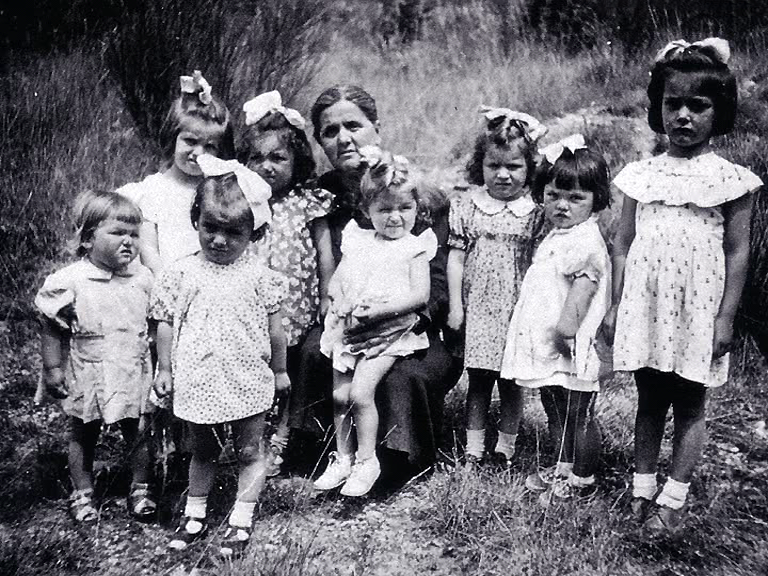
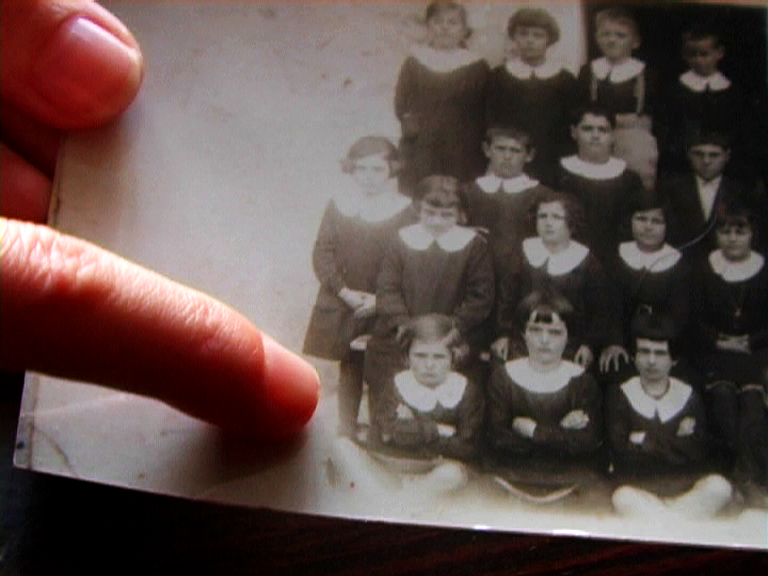
Casaglia, the Church
Casaglia, at the Cemetry
San Mamante
After some time, we decided to go to a shelter in San Mamante, above Vado, because the operation there had been less brutal.
We knew some friends who survived were there and we hoped to have news of my father. Sara came with us as well […]
Dad found out where we were. He ran towards us, laughing, crying then laughing again. He was laughing witjh joy and then he cried.
So we got together at last, but as soon as my father realized we didn’t have any food, he decided to go to Ca’ Bavellino, where we had left some wheat.
We waved at him, thinking we would have seen him again in a few hours […] Germans had arrested him.
Towards Bologna
My sister and I left at night, with a full moon light and it was like daylight […] We stayed at our aunt (in Lama Di Setta) for some days to decide what to do […] We decided to go to Bologna.
[…] Always walking, we reached Casalecchio di Reno.
I was speechless seeing the people there. They had clean coats and were wearing shoes. The ladies had their hair styled and were even wearing lipstick.
I felt something new, that I have never forgotten, the feeling of coming from another world which had nothing to do with the one I found myself in. Could it really be no one knew about what had happened? Could it be that life in the near cities was normal?
My eyes were looking at the town, but they weren’t anymore a child’s eyes. They were a refugee’s eyes who has no home to come back.
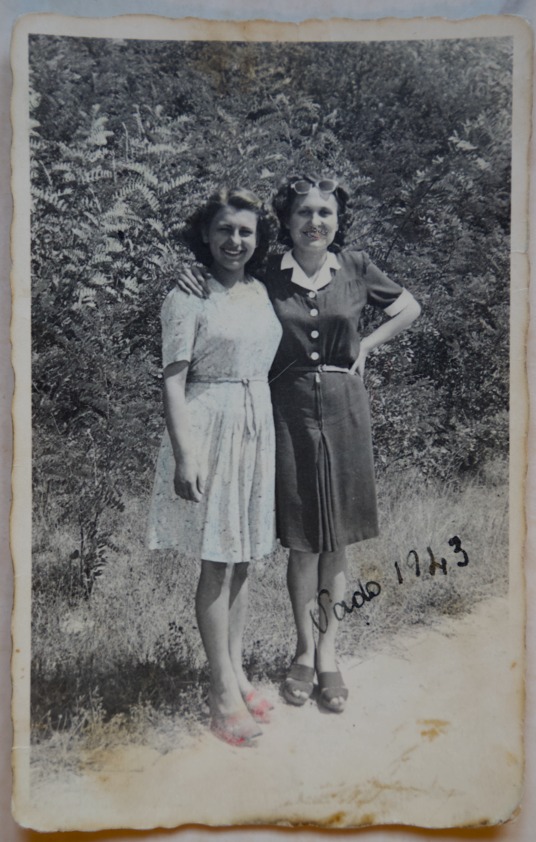
Cornelia and her sister Giuseppina.
Picture from family archive.
Bologna, liberated
I immediately started to work at Mrs Veronesi’s tayloring […]
Also Franco survived […]
We started dating again. His look was different, his kindness was the same.
We got married on April 4th 1948, we had two children and a happy life together, but we never talked about war […]
I overcame everything, but, still today, I get upset when I see people discussing. I commit to find a solution and see peace again as soon as possible.
I always say, there is a solution to everything, but death.
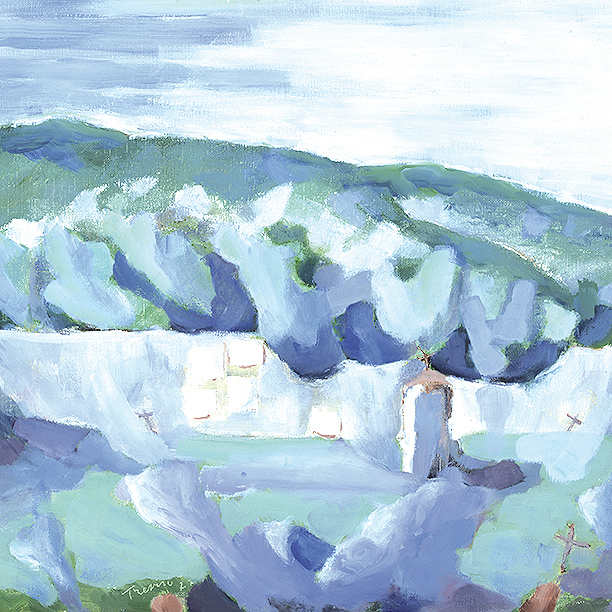
Cemetery of Casaglia
Oil painting by Franco Trevisi (Cornelia’s husband)
Bologna, the commitment to memory
I was happy to tell, just telling… I always told everything I had… how it happened, and I always testified to everything I perceived and heard.
Now, with peace, when I go back to Monte Sole, I visit it like a shrine. I really feel that something is there because there was a time when I used to despair, then slowly I was happy to come here and tell.
Because there were so many meetings with the schools and there I was happy to transmit and always tell them to be good, even starting with the games, not to get angry.
I was trying to say what I felt. I was left with the fear of evil, that is always there. At the beginning I was afraid even to say certain things, I was afraid of being killed. Many tell the story by hearsay and that is absurd, it is absurd.
The most tragic thing that cannot be forgotten is the moment when they start shooting at everything, at everyone. I say to myself: ‘My God! Do I really have to die now? I’m barely 18 years old…”. I saw everything dark… and I could never forget that moment.
Life is so sacred, you have to keep it.
___________________________________________________
At Easter 2019, Cornelia met Ben and Omar, two 16-year-old migrant boys who had arrived in Italy without their families.
They understood each other very well, ‘speaking’ to each other in a language of shared emotions and experiences that transcended the distance of years and cultures.
The story of their meeting was an inspiration for many other encounters.
____________________________________________________
Cornelia passed away on April 19th 2022, just as we were completing her story.
Bologna_2022
Starting from the traumatic experiences of those who suffered in Monte Sole to listen to the close memories and distant tales that migrants bring with them.
Go to Shamsy’s account and explore her story.




